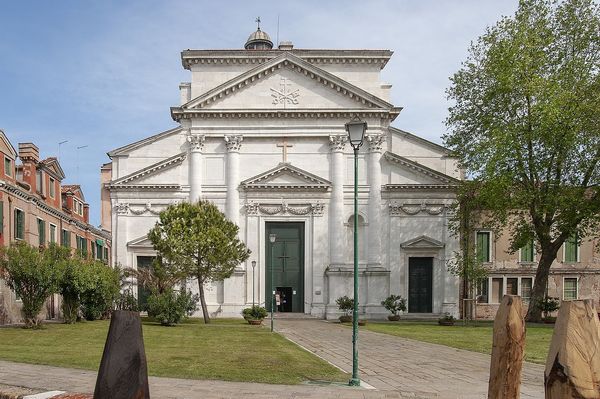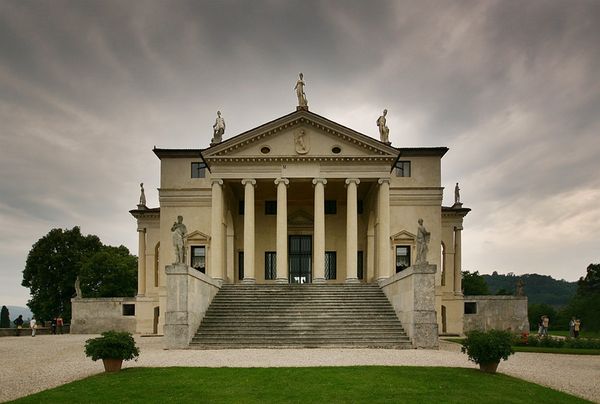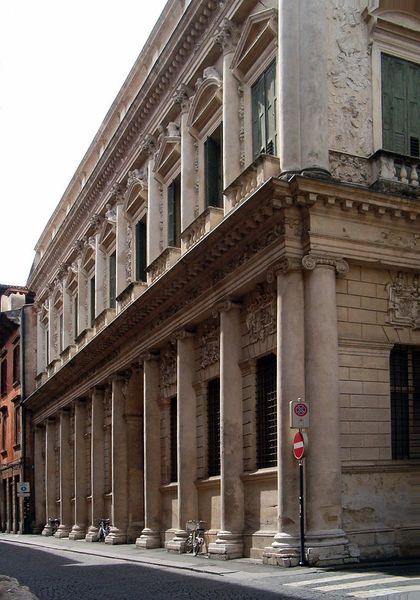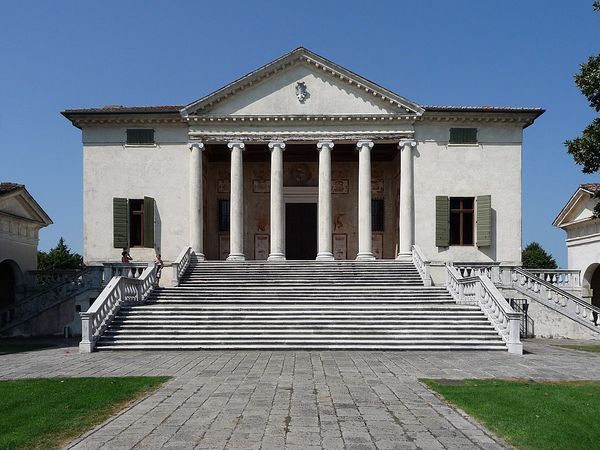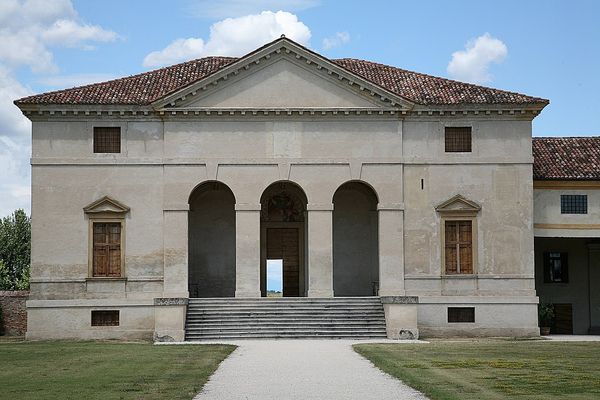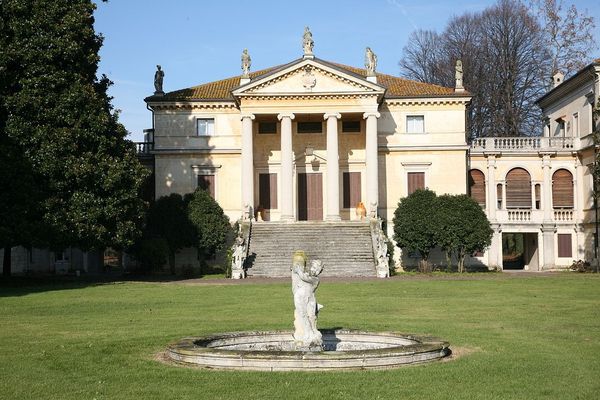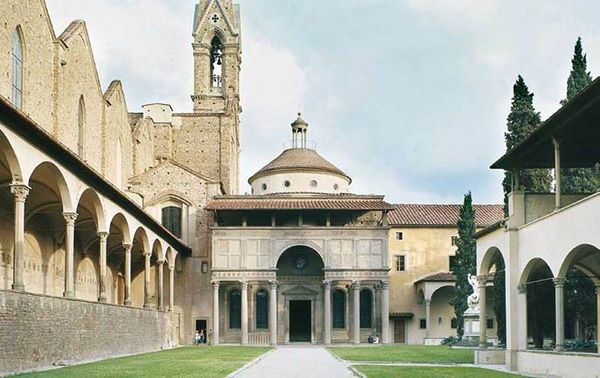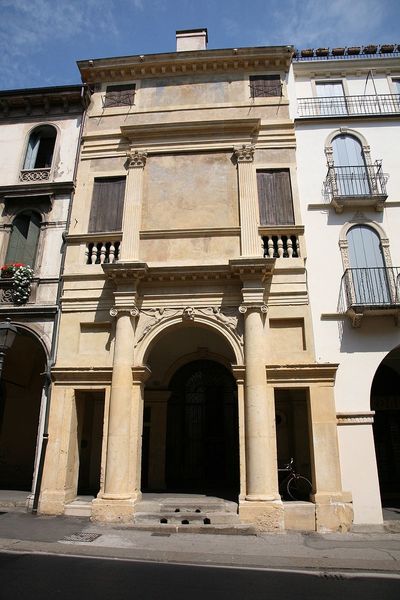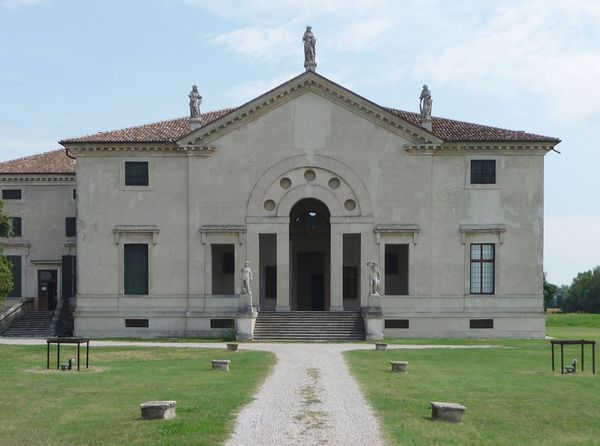
public-art, marble, architecture
#
public art
#
classical-realism
#
public-art
#
historic architecture
#
city scape
#
marble
#
italian-renaissance
#
architecture
Copyright: Public domain
Editor: Here we have Donato Bramante’s Tempietto, dating back to 1500, constructed from marble in Rome. It has a cool, restrained elegance, all pale stone and classical forms. How do you interpret this work? Curator: The Tempietto, though small, is a powerful statement. It's not just about aesthetics, but about power and the reclaiming of historical narratives. How does it make you feel knowing it commemorates the execution of St. Peter? Editor: I hadn't thought of that connection! The clean lines feel very detached from such a violent event. Curator: Exactly. This detachment is intentional. Bramante consciously looked back to Roman architecture for inspiration, evoking the power of the Roman Empire and, by extension, linking it to the Papal authority of his time. Consider how the centralized plan and the Doric order—traditionally associated with masculinity and strength—contribute to this message of power and dominance. Editor: So it’s not just a beautiful building, but a carefully constructed symbol. Do you think the historical context changes our experience of the space? Curator: Absolutely. Knowing that this site was once believed to be the site of St. Peter’s martyrdom encourages us to think about the complexities of faith, power, and memory. It uses visual vocabulary to make an ideological point. Editor: It’s interesting how classical architecture was revived in that era. Now that you've pointed it out, I see the Tempietto through a different lens. Curator: Precisely! Reflecting on historical context empowers us to question established narratives and identify hidden biases within the art we study.
Comments
No comments
Be the first to comment and join the conversation on the ultimate creative platform.
